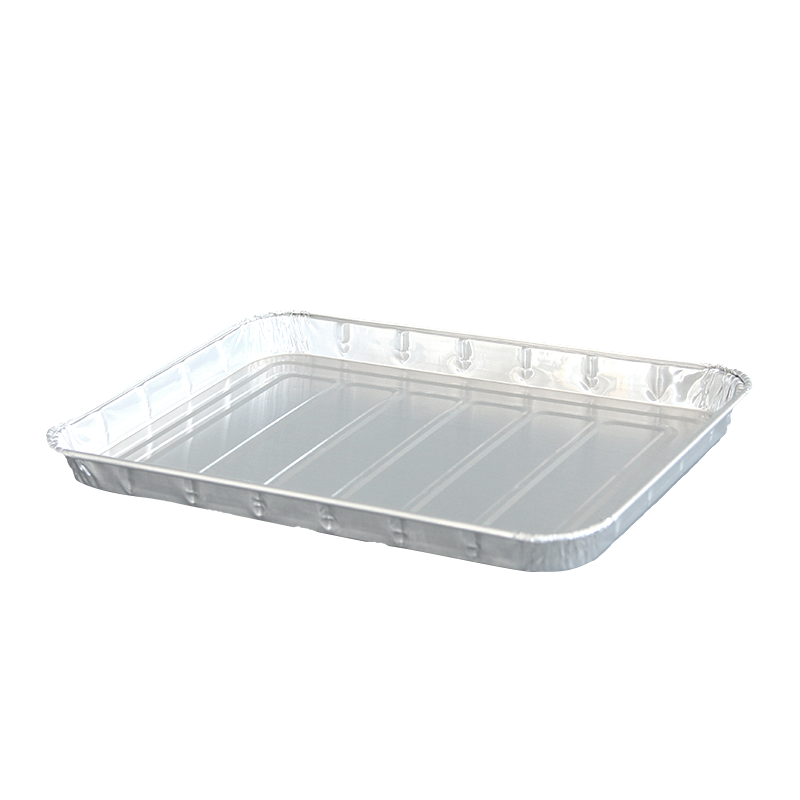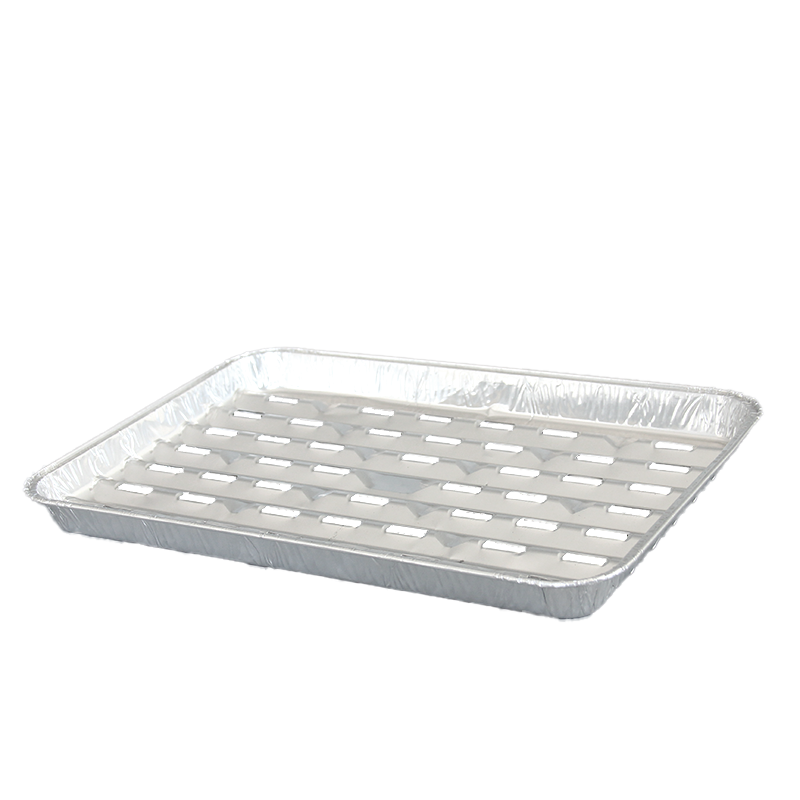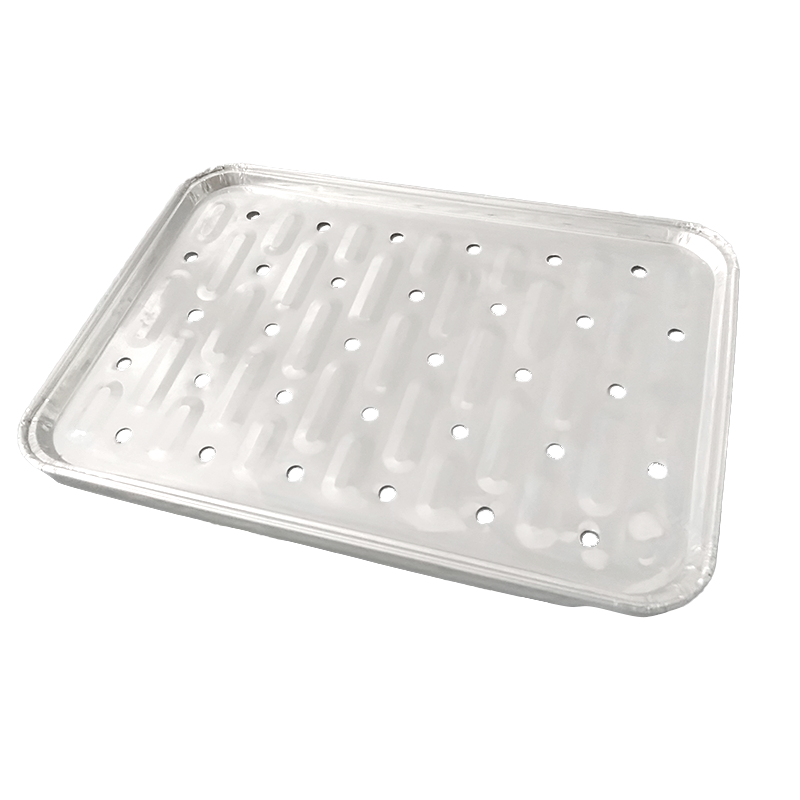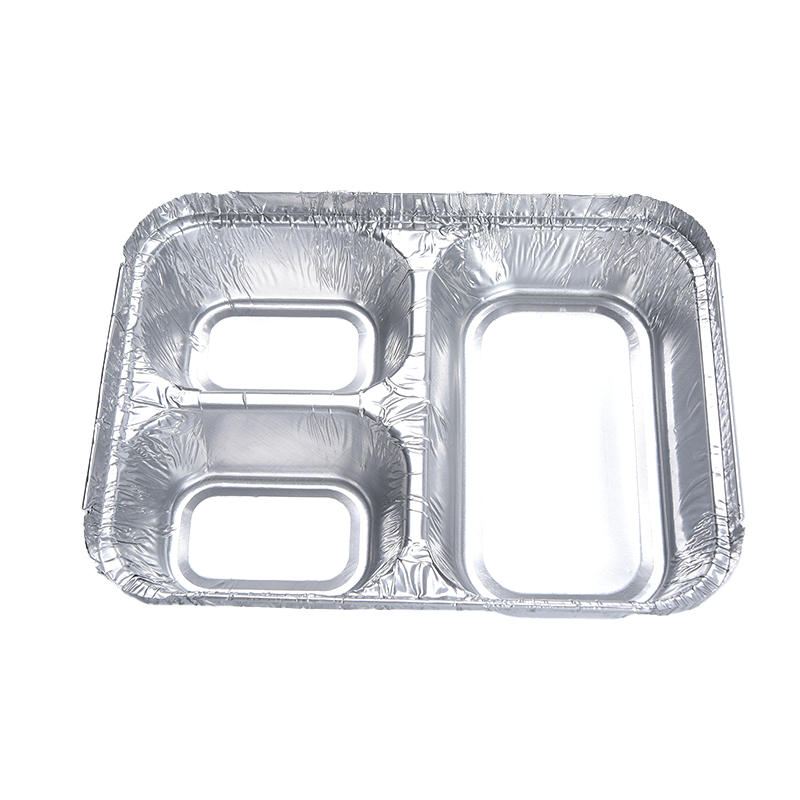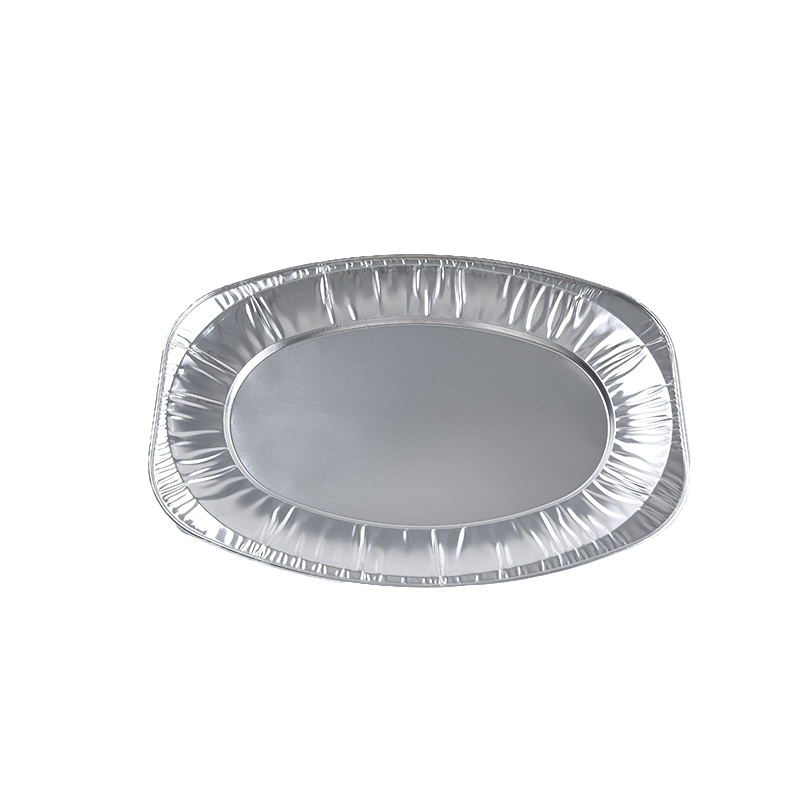How much do you know about the safety and usage precautions of aluminum foil tableware?
Industry News-Aluminum foil tableware is widely used in takeout, picnics, airline meals and family gatherings due to its advantages such as lightness, heat resistance and recyclability. However, there has always been discussion about its safety. Understanding the safety of aluminum foil tableware and mastering the correct usage methods can help you use aluminum foil tableware with confidence.
Content
1. Safety of aluminum foil tableware
(1) Aluminum migration problem
Aluminum is a metal that is abundant in the earth's crust and is widely present in food, water and air. When aluminum foil tableware is used normally, the amount of aluminum precipitation is extremely low and will not cause harm to human health. The World Health Organization (WHO) and food safety agencies of various countries believe that aluminum foil tableware is safe within a reasonable range of use.
(2) High temperature resistance
The melting point of aluminum foil is about 660°C, while the daily cooking temperature usually does not exceed 250°C (such as oven, steaming, etc.). Therefore, under normal cooking conditions, aluminum foil tableware will not melt or release harmful substances.
(3) Comply with food safety standards
Formally produced aluminum foil tableware must comply with national food safety standards (such as China's GB 4806.9-2016 "Metal Materials and Products for Food Contact") to ensure that its aluminum migration is within a safe range. When purchasing, you should choose products with food grade certification.
2. Precautions for using aluminum foil tableware
Although aluminum foil tableware is safe and reliable, improper use may still affect your health or reduce the user experience. The following are key precautions:
(1) Avoid storing strong acid, strong base or high-salt foods
Acidic (such as tomatoes, lemons, vinegar) or alkaline foods (such as baking soda) may accelerate the precipitation of aluminum, and long-term and large-scale intake may affect your health.
High-salt foods (such as pickled foods) may also increase the risk of aluminum migration.
Recommendation: Short-term storage is fine, but avoid storing acidic or high-salt foods for a long time.
(2) Not suitable for microwave heating
Aluminum foil will reflect microwaves, resulting in uneven heating, and may even generate electric sparks and damage the microwave. Some coated aluminum foil containers (such as airline meal boxes) may be suitable for microwave use, but they must be clearly marked as "microwave safe".
Recommendation: If heating is required, it is recommended to use an oven, steamer or air fryer (temperature not exceeding 250°C).
(3) Avoid scratches with sharp objects
Aluminum foil is soft, and scratching it with a knife and fork may cause aluminum chips to mix into the food.
Damaged aluminum foil containers may affect the sealing and safety.
Recommendation: Use wooden or plastic tableware to eat to reduce scratches.
(4) Do not reuse disposable aluminum foil tableware
Disposable aluminum foil tableware may deform or breed bacteria after a simple wash and is not suitable for long-term reuse.
Repeated heating may increase the amount of aluminum precipitation.
Recommendation: Recycle after one-time use. If reuse is required, choose a thickened aluminum foil lunch box.
(5) Recycle correctly to reduce environmental pollution
Aluminum foil is 100% recyclable and more environmentally friendly than plastic.
Clean up food residue after use to avoid contaminating the recycling process. Recommendation: Put it in the recycling bin to support the circular economy.

3. Aluminum Foil Tableware FAQs
- Can aluminum foil tableware be microwaved?
Generally no. Aluminum foil reflects microwaves, causing uneven heating and even sparks, which can damage the microwave.
Exception: Some coated aluminum foil containers labeled "microwave safe" can be used, but only if used strictly according to the instructions.
- Can aluminum foil tableware be oven-safe or in an air fryer?
Yes. Aluminum foil is heat-resistant (-20°C to 250°C) and suitable for ovens, air fryers, and steamers.
Caution: Avoid direct contact with the heating element to prevent localized overheating.
- Can aluminum foil tableware be reusable?
Not recommended. Disposable aluminum foil tableware can easily deform and harbor bacteria, and may compromise safety after washing.
Thickened aluminum foil lunch boxes can be reused for short periods of time, but it is recommended that they be recycled promptly.
- Can aluminum foil tableware be used to store acidic or spicy foods?
Short-term use is possible, but long-term use is not recommended. Acidic (such as ketchup or lemon juice) or spicy foods may accelerate aluminum precipitation. For long-term storage, it's recommended to use glass or stainless steel containers.
- What's the difference between aluminum foil and tinfoil?
Composition:
Aluminum foil: Made of pure aluminum, it's lighter and more flexible, and widely used for food packaging.
Tin foil: Originally containing tin, it has been replaced by aluminum foil in modern times, but the name remains.
- Is aluminum foil environmentally friendly? How can it be recycled?
Very environmentally friendly: Aluminum is 100% recyclable, requires less energy to recycle, and is more sustainable than plastic.
Recycling steps:
Cleaning up food scraps;
Flattening to reduce bulk;
Putting in a recycling bin.





 English
English 日本語
日本語 عربى
عربى Español
Español
